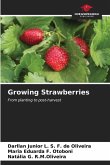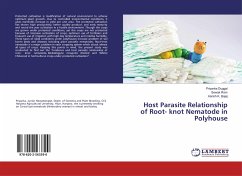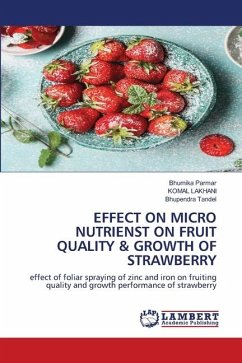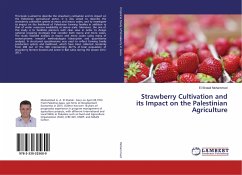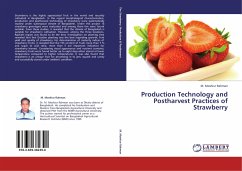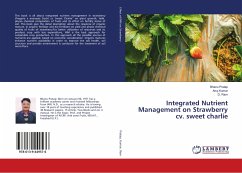The cultivated large-fruited strawberry (Fragaria ×ananassa) originated in Europe in the 18th century. Most countries developed their own varieties during the 19th century, and those are often especially suitable for the climate, day length, altitude, or type of production required in a particular region. Strawberries are produced commercially both for immediate consumption and for processing as frozen, canned, or preserved berries or as juice. Given the perishable nature of the berries and the unlikelihood of mechanical picking, the fruit is generally grown near centres of consumption or processing and where sufficient labour is available. Around 200 species of pests are known to attack strawberries both directly and indirectly. These pests include slugs, moths, fruit flies, chafers, strawberry root weevils, strawberry thrips, strawberry sap beetles, strawberry crown moth, mites, aphids, and others. The caterpillars of a number of species of Lepidoptera feed on strawberry plants. For example, the Ghost moth is known to be a pest of the strawberry plant. The strawberry aphid, Chaetosiphon fragaefolii, is a bug species found in the United States (Arizona), Argentina and Chile.
Bitte wählen Sie Ihr Anliegen aus.
Rechnungen
Retourenschein anfordern
Bestellstatus
Storno



